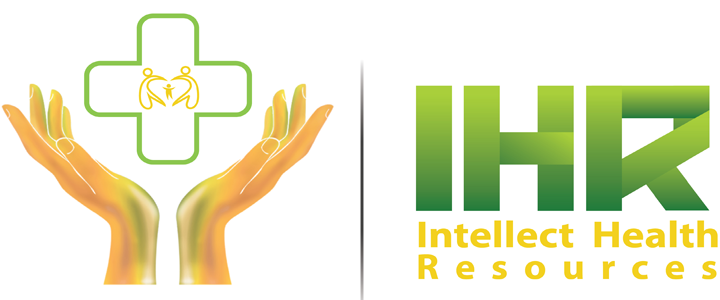
Cancer is one of the most leading causes of morbidity and mortality worldwide and second leading cause of death globally. Nearly 1 in 6 deaths is due to cancer globally. Approximately 70% of deaths from cancer occur in low- and middle-income countries.
Cancer is a large group of diseases characterized by the growth of abnormal cells which can then be spread to other part of the body and/or organs. Cancer can affect almost any part of the body and has many subtypes that each requiring specific management strategies.
Cancer is caused by genetic and environmental factors and one third of deaths from cancer are due to high body mass index, tobacco use, low fruit and vegetable intake, lack of physical activity and alcohol use. Physical, chemical and biological carcinogens, such as ultraviolet, ionizing radiation, asbestos, aflatoxin, arsenic and components of tobacco smoke and infections from certain viruses, bacteria, or parasites are the main environmental factors that can lead to developing cancer.
However, 30-50%of cancers can currently be prevented. This can be accomplished by avoiding risk factors and implementing existing evidence-based prevention strategies. The cancer burden can also be reduced through early detection of cancer and management of patients who develop cancer. Many cancers have a high chance of cure if diagnosed early and treated adequately.
We focus on early detection through regular screenings to give each of our patients the best possible chance of a full recovery. We then offer a diverse range of highly specialized treatment methods, including surgery, iodine therapy, treatment of hematologic (blood) diseases, radiation, bone marrow transplants and chemotherapy. During treatment, we also emphasize palliative care to minimize each patient’s negative symptoms and discomfort. Finally, we aid with recovery rehabilitation and helping our patients return to a normal life.

Available Medical Investigations
- - Blood: As needed.
- - Example: Full blood count, Kidney function test, Liver function tests, Thyroid function test, Urinalysis, Stool examination, Erythrocyte Sedimentation Rate(ESR)/C reactive protein(CRP), Tumour markers, etc.
- - Mammogram: An X-ray picture of the breast to screen for any abnormal mass within the breast.
- - Pap Smears: Cells from the cervix is collected during the pelvic examination. It is a screening test to detect the pre-cancerous and cancerous cells within the cervix.
- - X-rays: electromagnetic radiation that penetrates structures within the body and creates images of these structures on photographic film. It provides images of any abnormal mass within upper and lower abdomen.
- - CT Scan: It uses X-rays to make more detailed pictures of parts of your body and the structures inside your body. Provides the information on severity of the cancer.
- - Endoscopy: A test to look inside parts of the body by using a long, thin, flexible tube with a light and camera at one end. Tissue sample can be taken during this test or use as a therapeutic tool to remove abnormal tissue.
- - Magnetic Resonance Imaging (MRI): This test uses magnetic fields and radio waves to produce a detailed image of the body’s soft tissue and bones.
- - Biopsy: Examination of the tissue which was removed from part of the body to discover the presence, cause or extent of a disease.
Available Services
- - Oncology Center
- - Out Patient Department (OPD) appointment with Oncologists
- - OB/Gyne-Oncologist
- - Musculoskeletal Oncology
- - Viral Oncology
- - Pediatric Hematology and Oncology
- - Surgical Oncology
- - Therapeutic Radiology and Oncology
- - Outpatient chemotherapy treatment room
- - Inpatient chemotherapy treatment room
- - Bone Marrow Transplanttation
- - In Patient Department (IPD) Care
- - Intensive Care Unit (ICU)
- - Palliative Centre
- - “Naruemit” Club
- - Oncologists, nurses, and other personnel
- - Cancer patient
- - Relative or Family
- - Anyone who is interested in learning about Cancer

